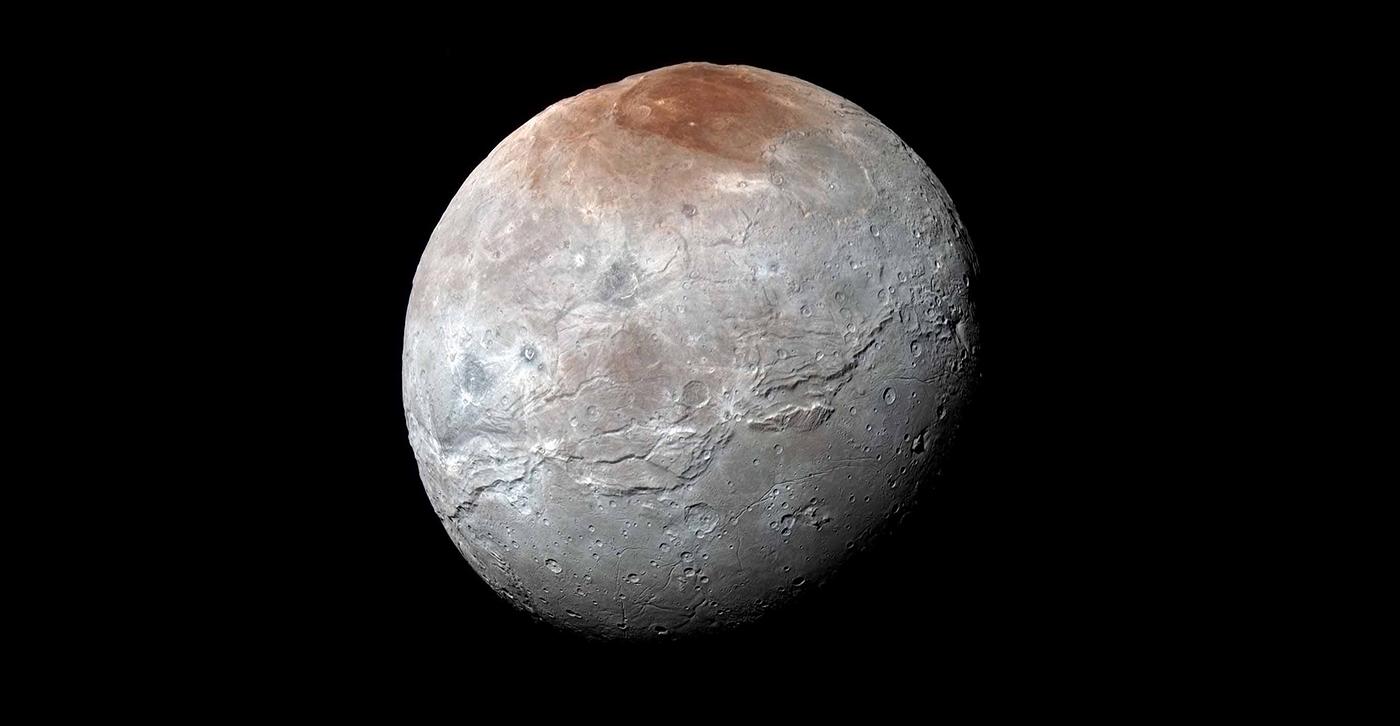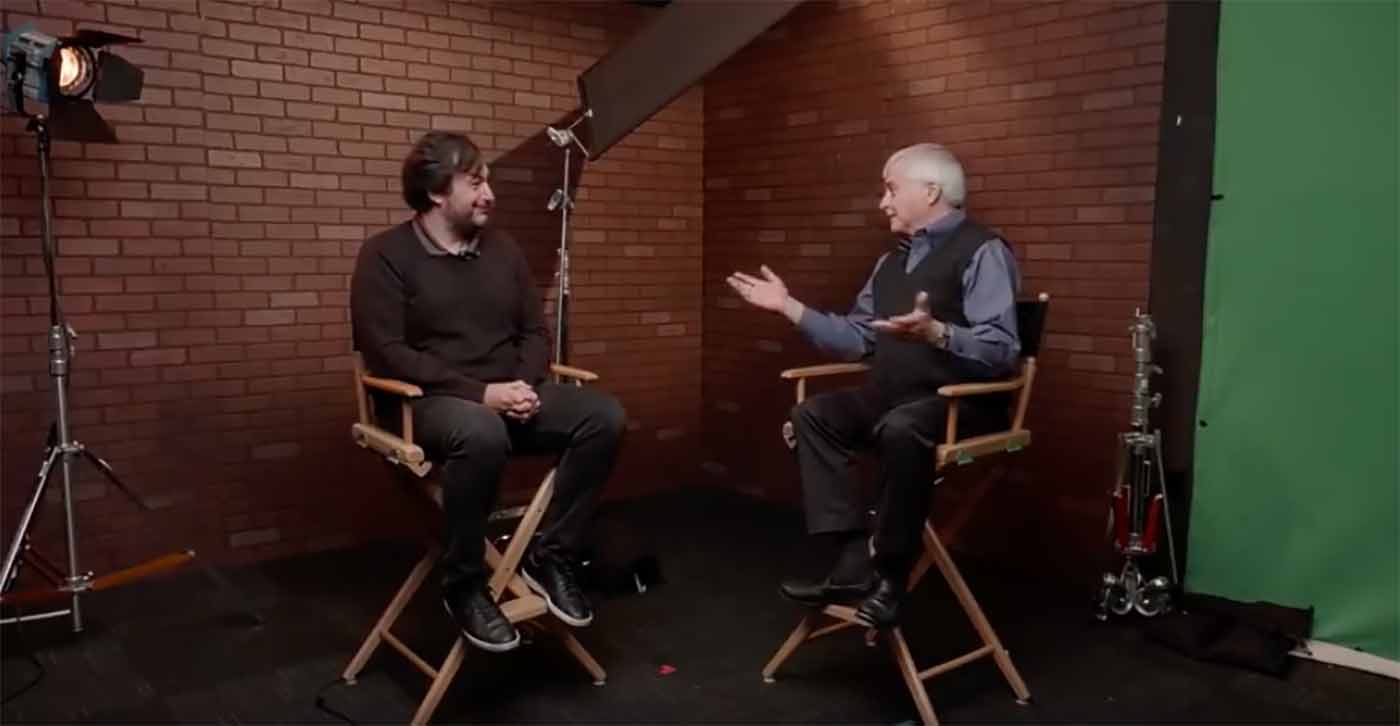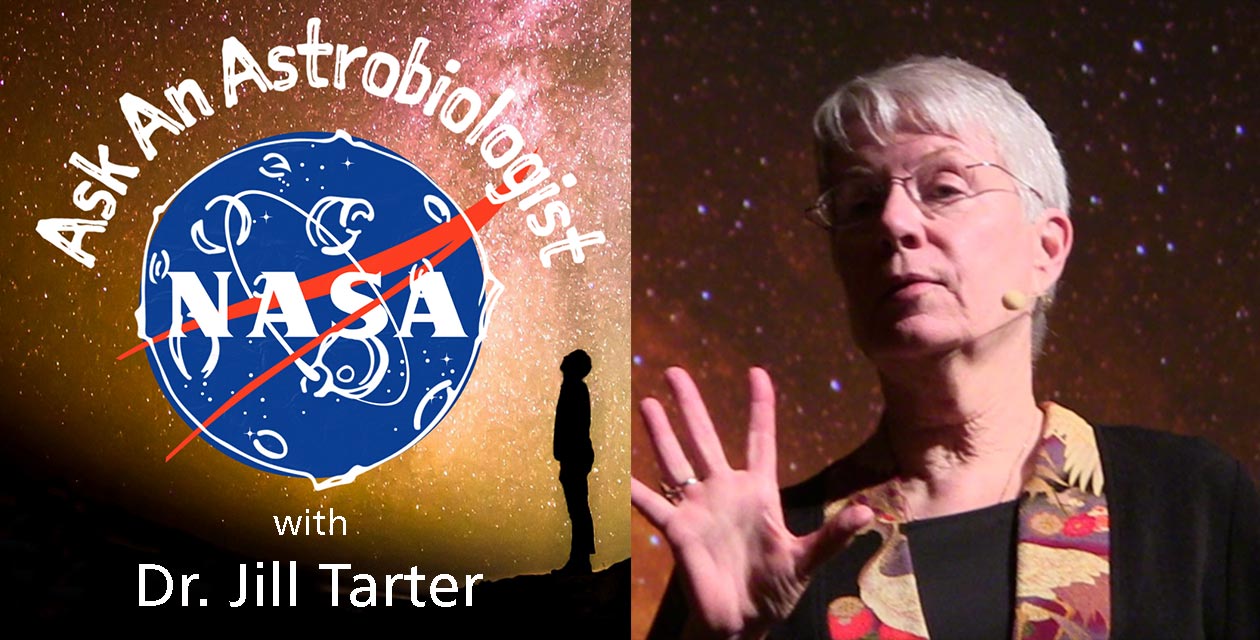
After a historic fly-by of a Kuiper Belt object, New Horizons continues its exploration Meanwhile, analysis of data the spacecraft has already transmitted continues to reveal new information.
Back in 2015, New Horizons surveyed Pluto and its icy moon, Charon. Today, researchers continue to analyze the data sent back by the probe, and have tried to understand how their surface features formed. Charon’s surface has regions of smooth ice plains, which may indicate flooding from an underground ocean beneath. Astronomy Magazine took a look at the work of SETI Institute senior research scientist Ross Beyer:
Astronomers led by Ross Beyer, an astronomer at NASA Ames and the SETI Institute, wanted to find out how that kind of flooding might happen on Charon. Their research was published online in the journal Icarus on January 21. One option is that a warm period in Charon’s history melted large portions of its surface, which later refroze around its mountains. “That requires a lot of heating late in Charon’s evolution,” Beyer explains. And while not totally impossible, Beyer said this is the least likely possibility.
More likely is the possibility that the underground water, encased as Charon’s surface cooled, slowly flowed out from below, perhaps through cryovolcanos.
- Astronomy Magazine: Charon’s icy surface erupted from an underground ocean
- Icarus: The nature and origin of Charon's smooth plains
 AI Meets Astrobiology: Frontier Development Lab and the Search for Life
AI Meets Astrobiology: Frontier Development Lab and the Search for LifeThe Frontier Development Lab (FDL) program is a research accelerator developed by the SETI Institute, along with NASA Ames Research Center and private sector partners. FDL explores the application of AI technologies to space exploration, including the search for the presence of life beyond Earth. Recently Massimo Mascaro, Google Cloud Director of Applied AI, partnered with FDL to host a Reddit AMA (“ask me anything”) to discuss many questions, including one that is central to the SETI Institute’s mission: Are we alone?
Mascaro was also interviewed on the Google Cloud Platform’s YouTube channel by SETI Institute Senior Astronomer Seth Shostak. They discussed the potential for AI to aid in the search for life’s signatures on other planets, and why these tools are important for astrobiology today. A recent example of the use of AI in technosignature detection (the search for signals or other hallmarks of technology) can be found in a study published on ArXive.org showing how AI was used to analyze data from the Allen Telescope Array. The study showed machine learning may be used to cut through the “noise” to find signals bearing the hallmarks of a technological origin.
- Google Cloud Blog: Exoplanets, astrobiological research, and Google Cloud: What we learned from NASA FDL’s Reddit AMA
- Google Cloud Blog: Is there life on other planets? Google Cloud is working with NASA's Frontier Development Lab to find out
- Google Cloud Platform (VIDEO): AI & Science - The NASA FDL & Google Cloud partnership
- Astrobiology Web: Machine Vision and Deep Learning for Classification of Radio SETI Signals
 Fascinated by FRBs
Fascinated by FRBsThe Independent was the latest of many news outlets to highlight the excitement over fast radio bursts (FRBs, powerful bursts of radio waves that last only milliseconds), following the discovery of the second repeating FRB by the Canada’s CHIME telescope in January. A recent piece by Seth Shostak was quoted at length:
Senior astronomer Seth Shostak wrote on the Seti [sic] website that FRBs in and of themselves weren’t necessarily cause for cracking open the champagne and laying out the interstellar welcome mat.
“It’s lore among astronomy grad students that cosmic phenomena are either singular – in other words, there’s only one in the universe – or they’re very common… Now that more than 60 have been detected, researchers can safely say that there are probably thousands of these things going off every day. They are as ubiquitous as indoor plumbing.”
The cause of FRB’s remains unknown, leading to speculation that their origin may be extraterrestrial technology, but Shostak is unconvinced:
“Aliens are frequently given the credit for causing new celestial phenomena…But you can safely bet that aliens are not the cause of FRBs. Why? The bursters are seen all over the sky, that’s why. The same sort of signal is coming from galaxies that are generally separated by billions of light years. So how could aliens organise so much of the universe to engage in broadcasting the same sort of signal? There’s hardly been enough time since the Big Bang to coordinate such widespread teamwork, even if you can think of a reason for it!”
Nonetheless, FRBs represent a new and fascinating area of study for astronomers around the world, eager to understand the strange phenomenon.
Bill Diamond, President & CEO of the SETI Institute recently discussed FRBs with Andrew Siemion, Bernard M. Oliver Chair for SETI at the SETI Institute during a Facebook Live conversation.
- The Independent: Could 2019 be the year we finally make contact with aliens?
- FB Live: Bill Diamond and Andrew Siemion Discuss Fast Radio Bursts
 Jill Tarter Featured on ‘Ask an Astrobiologist’
Jill Tarter Featured on ‘Ask an Astrobiologist’SAGANet and NASA Astrobiology host a monthly video series called “Ask an Astrobiologist” where the public has an opportunity to talk to an astrobiologist who responds to questions live. In February, the featured guest was SETI Institute co-founder Jill Tarter. Tarter is Chair Emeritus for SETI Research at the SETI Institute and a renowned astronomer who is popularly known as the inspiration for the main character in the science fiction novel and film Contact.
Hear Tarter share her cosmic perspective and answer questions on a wide range of topics, including extremophiles, exoplanets, and citizen science.
- NASA Astrobiology (VIDEO): Ask An Astrobiologist – Episode 18: Jill Tarter
In last week’s episode, it's our destinies written in the stars above vs. scientific empiricism, as BiPiSci’s monthly look at critical thinking tackles astrology in Skeptic Check: Astrology Ascending. On our previous week’s episode, meet the new AI workforce - from baristas to martian construction workers – in Meet Your Robot Barista.
Last time on Facebook Live, CEO Bill Diamond spoke with Andrew Siemion, our Bernard M. Oliver Chair for SETI Research, about Fast Radio Bursts (FRBs). Videos of all past Facebook Live events can be found on our Facebook page: https://www.facebook.com/SETIInstitute/
- TESS Data Workshop: February 11-14, 2019, Baltimore, MD SETI Institute scientist Jeffrey Smith is one of the scheduled speakers
- SETI Talks: The Future of NASA Space Telescopes: February 13, 2019, Menlo Park, CA Speakers will include Courtney Dressing, Kimberly Ennico Smith, and Scott Gaudi
- American Association for the Advancement of Science Annual Meeting: February 14-17, 2019, Washington, D.C.
- San Mateo County Astronomical Society: March 1, 2019, College of San Mateo, San Mateo, CA SETI Institute scientist Michael Busch will present Near Earth Asteroid Hazards, Research and Space Missions
- Kepler &K2 Science Conference V: March 4-8, 2019, Glendale, CA SETI Institute scientist Douglas Caldwell will present The Kepler Photometer
- 50th Lunar and Planetary Science Conference: March 18-22, 2019, The Woodlands, TX





